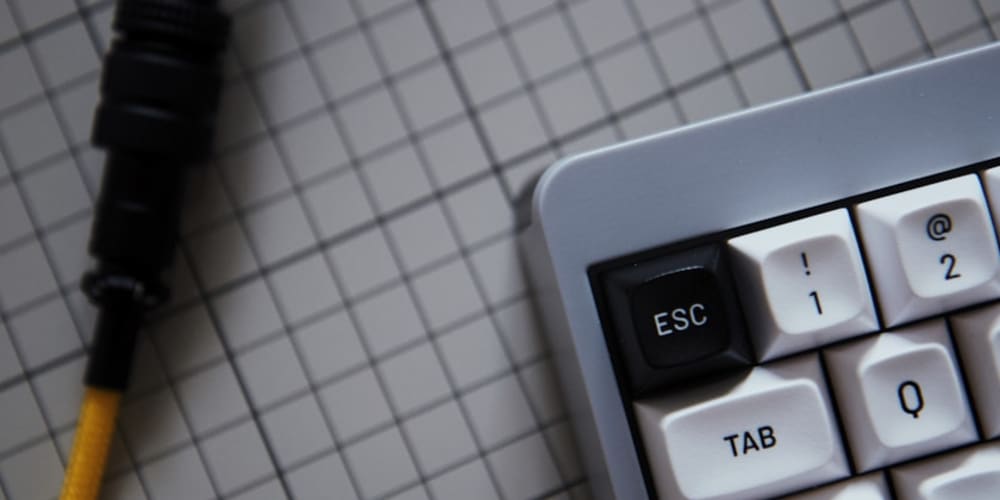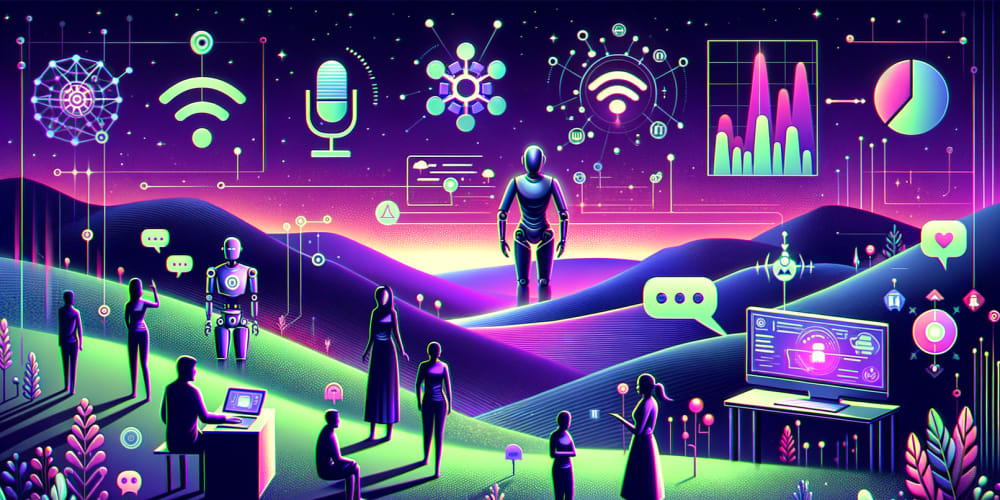<!DOCTYPE html>
Celestial Escapade: A Journey through Space and Code
<br> body {<br> font-family: Arial, sans-serif;<br> line-height: 1.6;<br> margin: 0;<br> padding: 0;<br> }</p> <div class="highlight"><pre class="highlight plaintext"><code> h1, h2, h3 { text-align: center; } img { display: block; margin: 20px auto; max-width: 100%; } code { background-color: #f0f0f0; padding: 5px; border-radius: 3px; } </code></pre></div> <p>
Celestial Escapade: A Journey through Space and Code
In a world driven by technology, the boundaries of imagination are constantly being pushed. One of the most captivating frontiers is the intersection of space exploration and computer science. This article embarks on a "Celestial Escapade," guiding you through the fascinating realm where code and cosmos intertwine.
The Cosmic Canvas: A Glimpse into Space Exploration
For centuries, humanity has gazed at the stars with wonder and longing. With the advent of space exploration, our dreams have taken flight, transforming the celestial tapestry from a distant spectacle into a tangible destination. From launching satellites to sending rovers to Mars, our technological prowess has allowed us to unravel the mysteries of the universe.

Unlocking the Secrets of the Cosmos
Space exploration has yielded invaluable knowledge, enriching our understanding of the universe. From the discovery of exoplanets to the mapping of our own solar system, scientific endeavors have propelled us towards a deeper appreciation of the vastness and interconnectedness of existence.

The Code Behind the Cosmos: A Digital Voyage
The intricate dance of satellites, probes, and spacecraft is orchestrated by a symphony of code. From navigation systems to data analysis tools, software plays a pivotal role in every aspect of space exploration.
- Programming for Space: Languages and Frameworks
Specialized programming languages and frameworks have been developed to address the unique challenges of space exploration. Some key players include:
- C/C++: These languages are known for their efficiency and control over hardware, making them suitable for mission-critical systems.
- Python: Python's readability and extensive libraries have made it popular for data analysis and scientific computing in space exploration.
- Java: Java's robustness and platform independence are valuable for developing applications that operate in diverse environments.
- MATLAB: MATLAB's powerful numerical computing capabilities are widely used for simulations and data analysis in space missions.
Here are some key techniques and tools that underpin the digital aspects of space exploration:
- Trajectory Optimization: Software algorithms are used to calculate optimal paths for spacecraft, maximizing fuel efficiency and minimizing mission duration.
- Real-Time Data Processing: High-performance computing and specialized algorithms are employed to process and analyze data from spacecraft in real time, enabling mission control to make critical decisions.
- Simulation and Modeling: Virtual environments are created to simulate various aspects of space missions, from spacecraft behavior to environmental conditions.
- Artificial Intelligence (AI): AI algorithms are being explored to automate tasks, enhance decision-making, and assist with data analysis in space exploration.
A Practical Escapade: Building a Simulated Spacecraft
To illustrate the power of code in space exploration, let's embark on a practical example by creating a simulated spacecraft using Python. This simple example demonstrates how to model basic spacecraft dynamics and trajectory.
Step 1: Setting up the Environment
Install the necessary Python libraries:
pip install numpy matplotlib
Step 2: Defining the Spacecraft
Create a class to represent the spacecraft:
import numpy as np
class Spacecraft:
def __init__(self, position, velocity):
self.position = position
self.velocity = velocity
Step 3: Implementing Motion
Define a function to update the spacecraft's position and velocity over time:
def update_motion(spacecraft, time_step):
spacecraft.position += spacecraft.velocity * time_step
# Add gravity or other forces here
return spacecraft
Step 4: Simulating Trajectory
Use the defined functions to simulate the spacecraft's trajectory over a specified time period:
import matplotlib.pyplot as plt
# Initial conditions
initial_position = np.array([0, 0])
initial_velocity = np.array([1, 0])
spacecraft = Spacecraft(initial_position, initial_velocity)
# Time parameters
time_step = 0.1
total_time = 10
# Simulation loop
positions = []
for _ in range(int(total_time / time_step)):
spacecraft = update_motion(spacecraft, time_step)
positions.append(spacecraft.position)
# Plotting the trajectory
positions = np.array(positions)
plt.plot(positions[:, 0], positions[:, 1])
plt.xlabel("X-coordinate")
plt.ylabel("Y-coordinate")
plt.title("Spacecraft Trajectory")
plt.show()
Step 5: Exploring Further
This example provides a basic framework for simulating spacecraft motion. You can expand upon it by adding:
- Gravity
- Thrust
- Collision detection
- Visualization in 3D
The Future of Celestial Escapade: An Inspiring Horizon
The fusion of space exploration and computer science is a dynamic field with limitless potential. As technology continues to advance, we can expect:
-
More sophisticated AI-powered missions:
AI algorithms will play an increasingly important role in navigating spacecraft, analyzing data, and even making decisions autonomously. -
Human-robotic collaboration in space:
Remotely controlled robots and rovers will work alongside astronauts to conduct complex scientific experiments and explore new frontiers. -
New frontiers in space tourism:
Commercial space travel will become more accessible, opening up the universe to a wider audience. -
Unlocking the secrets of the origins of life:
Space missions will seek evidence of life on other planets and explore the potential for life beyond Earth.
Conclusion: A Celestial Journey of Discovery
Our journey through "Celestial Escapade" has unveiled the remarkable synergy between space exploration and computer science. Code serves as the driving force behind our ventures into the cosmos, enabling us to understand, explore, and unlock the secrets of the universe. As we continue our cosmic voyage, the boundaries of human ingenuity will continue to be redefined, fueled by the power of code and the boundless curiosity of the human spirit.


















